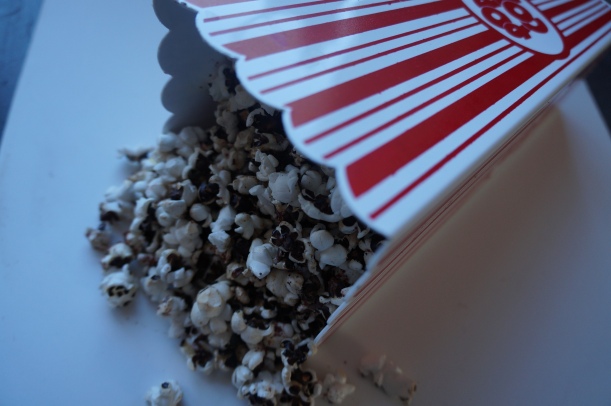Before you leave, please don’t think I have been doing unspeakable things to baby beavers. Most residents of this region would know what I am referring to, but for the rest of you let me explain. Beaver tails are a fried yeast dough, popular especially at this time of year. They were first introduced in the Ontario town of Killaloe in 1978, and have since become a de rigueur winter treat, especially when out skating, especially on Ottawa’s Rideau Canal.
I was inspired to make some for two reasons. First, I am contemplating going skating on the Canal, the world’s largest outdoor, natural skating rink in a couple of days, and thinking I would have to have a beaver tail. After all, in this cold weather a 7.8 km skate calls for something, and that is what you get on the canal. That and hot chocolate.
The second reason is that tomorrow is Shrove Tuesday. It is traditional to eat pancakes on that day, but I figured a lot of other people would be making pancakes and I had nothing new to offer, so with my skate in mind I thought of beaver tails. I have made baby ones because the enormous ones they serve on the canal are just too much. Also, more small individual ones means more types of toppings. And the toppings are where it gets interesting. As soon as they come out of the pan, they are often sprinkled with cinnamon and sugar, but maple sugar, jams or preserves can also be used to sweeten them. Alternatively, savoury toppings like garlic butter or strong grated cheese are popular. I just sampled a couple with my own backyard fare – a sweet sumac butter on one and maple butter on the other.
Baby Beaver Tails
Ingredients
1/4 cup warm water
2 Tbsp sugar
2 tsp yeast
1/2 cup warm milk
1 egg
2 Tbsp melted butter
2 3/4 cups flour plus flour for rolling
1/2 tsp salt
oil or lard for frying
Method
Dissolve the sugar in the water and add yeast. Let stand a few minutes until it becomes foamy. Mix the yeast with warm milk, egg and melted butter. In a large bowl combine flour and salt. Add the wet ingredients and combine well. Turn out onto a well floured surface and knead for about 5 minutes. Place in a clean bowl, brush with a little oil or melted butter, cover with a cloth and allow to rise to double the size, about two hours.
Punch down and form into balls about the size of a small egg. Roll each one into an oblong shape about 1/4 inch thick. Fry in hot oil or lard about two minutes on each side or until they are nicely coloured. You can deep fry them, but I used about 1/12 inches of oil in a small pan to reduce the amount of oil, and that worked fine.
Drain and sprinkle or spread liberally with whichever topping you choose. Serve warm.
Be sure to roll them fairly thin as they do puff up a lot when fried. The result is a fluffy light pastry with a crisp exterior, something like a cross between a do-nut and a pancake. They can be frozen and reheated, or you could freeze the dough after its first rising in its punched down state and fry them the next day – especially if you plan to have them for breakfast.
Have you had a beaver tail? If so, what flavour do you prefer with it?























